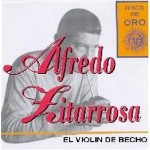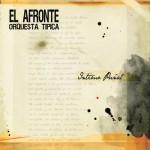Tango is a trinity of music, poetry and dance. This is a truth, every Tango lover will learn sooner or later. Tango as a music is loud and expressive, Tango as a dance is variable between impressive and expressive and the poetry inside Tango is usually very impressive and almost not visible to the typical non Spanish speaking Tanguero outside of Latin America.
Today I want to talk about this very soul of Tango. In a milonga, there is sometimes a situation, when people had their lot of Pugliese, Neotango or whatever they desire and people are really tired. As a DJ, I react to this situation by playing slow cuddly music where people can cool down and gather energy for the final tandas. One of the songs sometimes played here is “Alfonsina y el mar”, which is according to our definition a NonTango song. This song is known to almost everyone in Latin America and I think, an educated Tanguero should know the background and the meaning of this very unique piece of music.
Continue Reading →

08/01/2014
by Richard Stoll
0 comments








